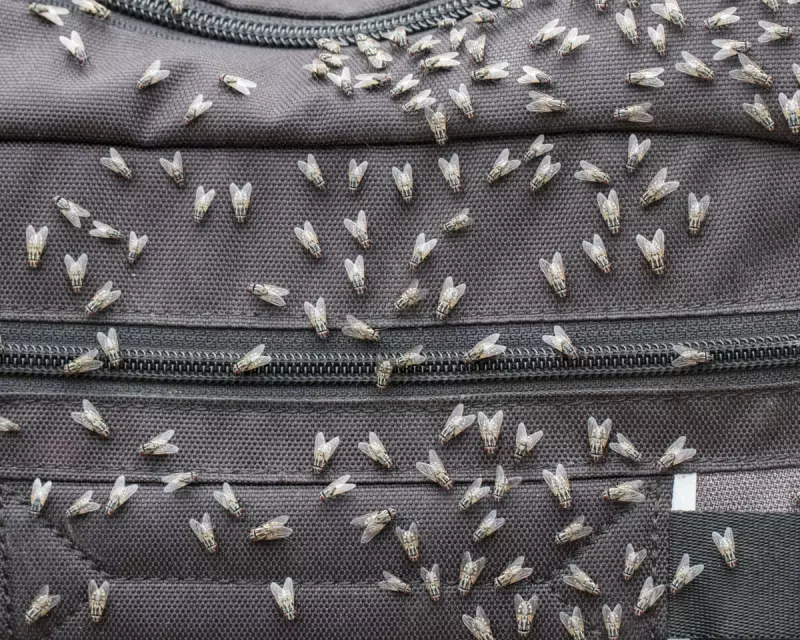
Sydneysiders are swatting away an unusually high number of flies this season, with experts confirming the buzzing nuisance has reached unprecedented levels across the metropolitan area. The sudden population explosion has left residents and businesses grappling with the persistent insects during what should be the cooler spring months.
What's Behind the Buzzing Invasion?
Entomologists and environmental scientists point to a perfect storm of conditions that have created an ideal breeding environment for flies. The combination of a warmer-than-average winter followed by early spring rains has provided the moisture and temperature conditions that fly larvae thrive in.
Dr. Sarah Chen, an urban entomologist at the University of Sydney, explains: "We're seeing population densities that are roughly three to four times higher than what we'd typically expect for this time of year. The conditions have been virtually perfect for rapid breeding cycles."
The Daily Impact on Sydney Life
The fly surge is affecting multiple aspects of daily life:
- Outdoor dining and cafes: Restaurants and cafes are reporting increased challenges with al fresco dining
- Residential discomfort: Homes are experiencing more frequent intrusions despite preventive measures
- Public spaces: Parks and recreational areas have become less enjoyable for visitors
- Economic concerns: Some food-related businesses are facing additional costs for pest control measures
When Will the Swarm Subside?
According to meteorological experts, relief might be on the horizon. The forecast suggests changing weather patterns in the coming weeks that should naturally reduce fly populations. Colder temperatures and drier conditions typically slow breeding cycles and reduce adult fly survival rates.
Pest control professionals recommend several strategies for managing the current situation:
- Ensure proper waste management and sealed bins
- Use fine mesh screens on windows and doors
- Consider natural repellents in outdoor living areas
- Maintain good hygiene practices in food preparation areas
While the current situation is certainly bothersome, experts assure residents that such population surges are part of natural cycles and typically correct themselves as environmental conditions change.





